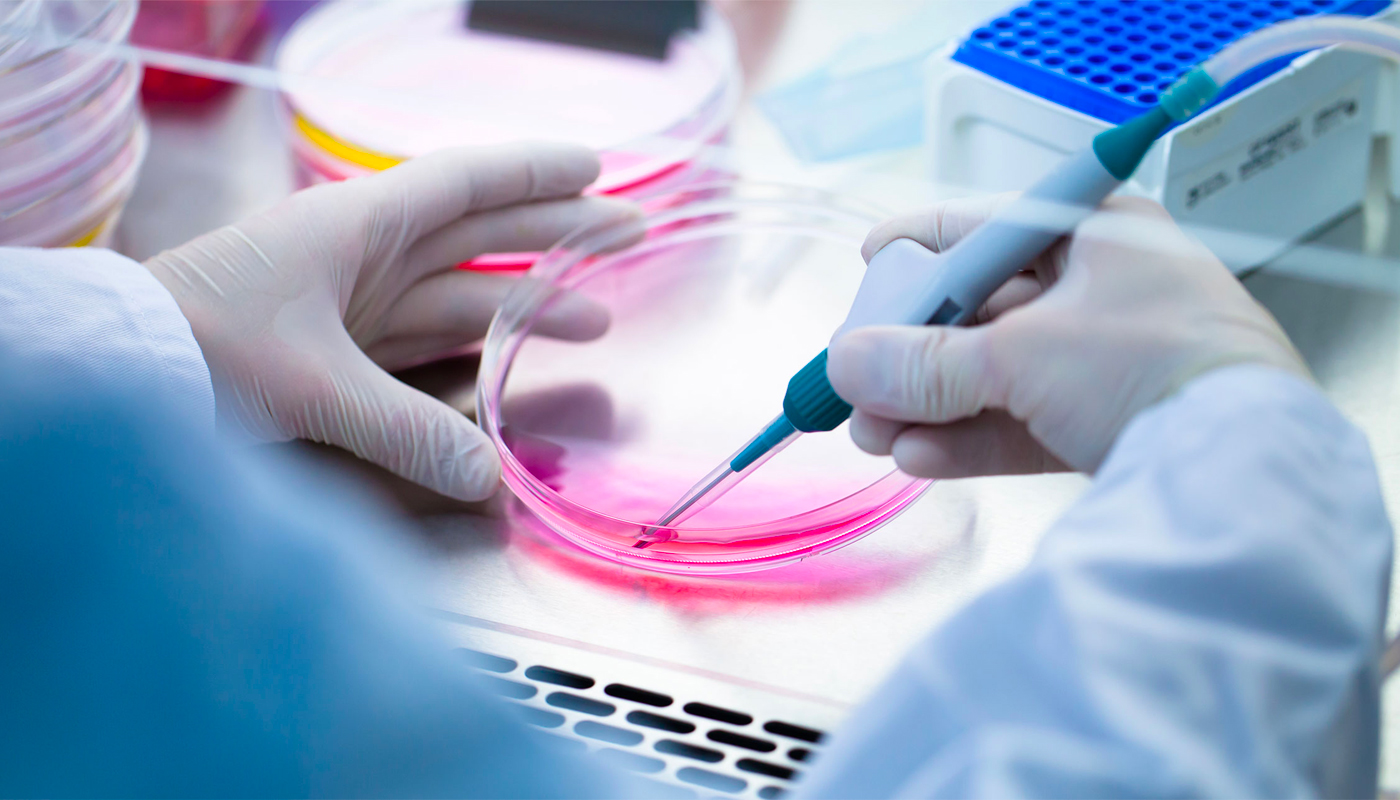Unlocking the potential of extracellular vesicles

Professors Ana Azevedo, Sandra Pinto and Vasco Bonifácio (DBE, iBB) and PhD student Ricardo Silva published in Biomaterials Science, a review article that discusses the main cell lines studied and the methodologies used to enhance extracellular vesicles (EV) secretion and quantification.
EVs are cell-derived structures with a phospholipid bilayer and high therapeutic potential, as demonstrated by promising preclinical and clinical results. However, translating these therapies into clinical practice faces significant challenges, particularly regarding large-scale production. The development of robust platforms and stable cell lines is essential to meet growing demand.
Mammalian cell lines enable the generation of “customized” EVs but typically yield low amounts and require optimized culture conditions. Alternative sources — such as red blood cells, plants, bacteria, or food-derived EVs — may complement production, although they cannot fully replace human EVs. The transition from two-dimensional (2D) to three-dimensional (3D) culture platforms has proven crucial to increasing yield, improving process control, and reducing variability. Additional strategies, such as the use of specific stimuli and supplements, are also being explored. See more.
